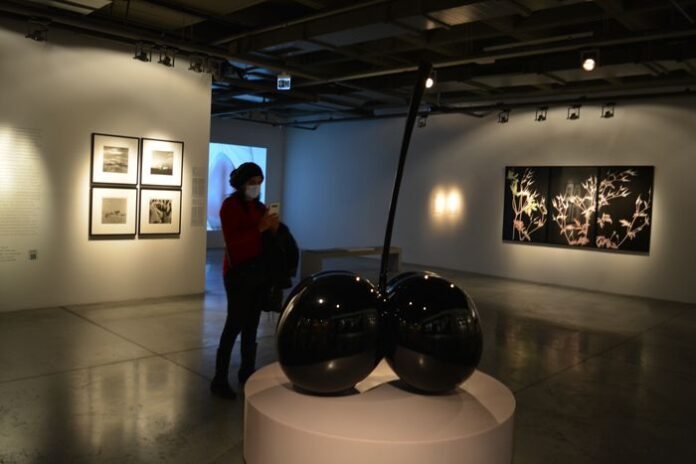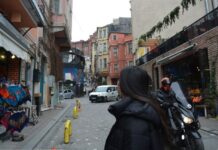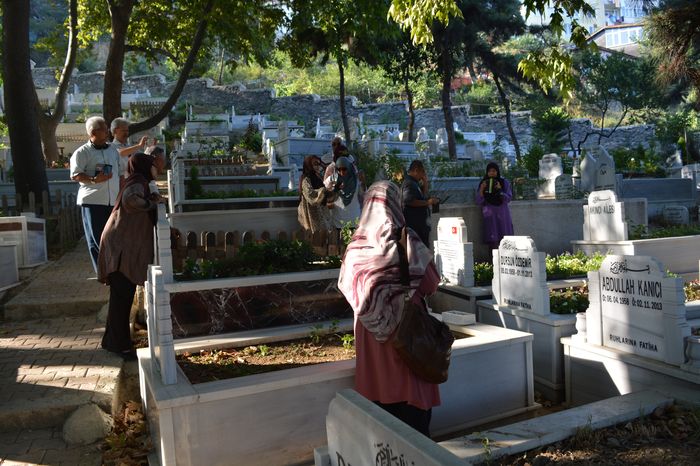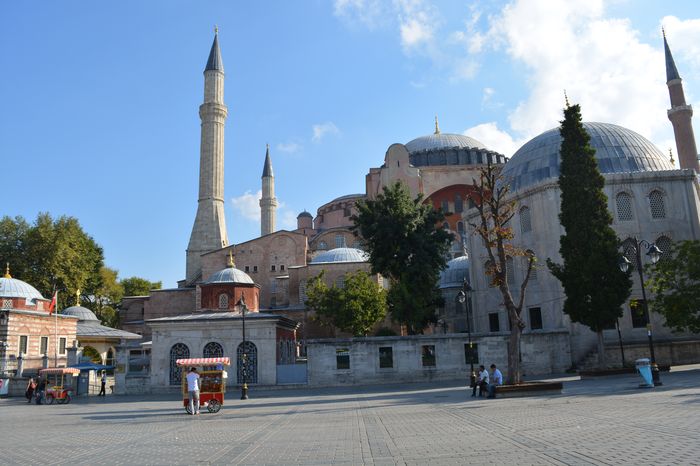Running along the outside of the city wall, east of the Gate of the Drungarii, was a busy street known in Byzantine times as the Via Drungariou (or De Longario in Latin). This road followed the line of the shore and was part of the active commercial area near the Venetian quarter.
In front of the next gate, there was a pier called the Scala de Drongario, meaning the “Landing of the Drungarius.” This pier was one of the main access points between the sea and the city, where ships unloaded timber and other trade goods arriving from the northern regions of the empire and from across the Black Sea. The location later became known as Yemiş İskelesi (the “Dried Fruit Pier”), which remains one of the most important quays on the Golden Horn today Tours Turkey.
Early Trade and the Timber Market
The tradition of storing and selling timber along this section of the shore goes back to very early times in the history of Constantinople. It was here that the city’s builders, carpenters, and shipwrights obtained much of their material.
One of the oldest references to this area occurs during the reign of Justinian the Great (6th century). According to a famous incident recorded in Byzantine sources, when tensions rose between the Emperor and the rival circus factions known as the Blues and the Greens, the Greens angrily demanded justice for a murder that had taken place “at the Zeugma.” The Zeugma, or “ferry crossing,” was another name for this same part of the shore near the timber market. They shouted at the emperor: “Who murdered the timber-merchant at the Zeugma?”—an accusation that reflected both the violence and the importance of this trading area.
An inscription once carved on the gate near this place offered a solemn reminder to those who passed by:
“To remember death is profitable to life.”
This inscription reflected the religious character of the city and the Christian belief in the value of humility and reflection even in a busy marketplace Markets Near the Gate.
Zindan Kapoussi and the Church of St. John
The identification of Zindan Kapoussi with the Gate near the Church of St. John the Forerunner (Porta juxta parvum templum Praecursoris) seems likely for several reasons. Only a few yards inside Zindan Kapoussi there exists a Holy Well (known in Greek as Hagiasma), which has been revered for centuries by both Christians and Muslims.
Near this sacred spring stood, until recent times, the ruins of a small Byzantine chapel, which fits the description of the “small Church of the Forerunner” mentioned in old Venetian charters. Such a connection suggests that this area once formed part of a religious complex dedicated to St. John the Baptist, who was often called “the Forerunner” (Prodromos).
The Gate of the Caravans and the Harbour Activity
In the 16th century, the scholar Leunclavius recorded that this same gate was then called the Porta Caravion, meaning “the Gate of the Ships.” The name referred to the great number of ships that anchored in front of it. The harbour here was always full of commercial activity—ships unloading wood, grain, dried fruit, and other supplies destined for the heart of the Byzantine capital.
The landing before the gate, the ancient Scala de Drongario, later became known as Yemiş Iskelesi, or the Fruit Pier. Even in modern times, this remains one of the busiest piers along the Golden Horn, preserving its long history as a center of maritime commerce.
Modern Identifications and Historical Debate
Some modern scholars, such as Dr. Paspates and M. Pleyde, identified this entrance as the Gate of the Drungarii itself. However, this conclusion creates a problem. Historical records clearly show that the Gate near St. John’s lay between the Gate of the Drungarii and the Gate of the Perama. Yet, in the surviving walls, there is no other gate between Zindan Kapoussi (the supposed site of St. John’s) and Balouk Bazaar Kapoussi (the ancient Gate of the Perama).
Therefore, it seems more accurate to regard Zindan Kapoussi as representing the Gate of the Forerunner, not the Gate of the Drungarii. The evidence of the holy well, the chapel ruins, and the references in Venetian and Byzantine documents all support this conclusion.
This section of the Golden Horn’s walls shows how commerce, religion, and history intertwined in medieval Constantinople. The streets, piers, and gates—Via Drungariou, Scala de Drongario, and Zindan Kapoussi—each tell part of the story of a living city, where imperial authority, local devotion, and international trade met at the edge of the sea.







